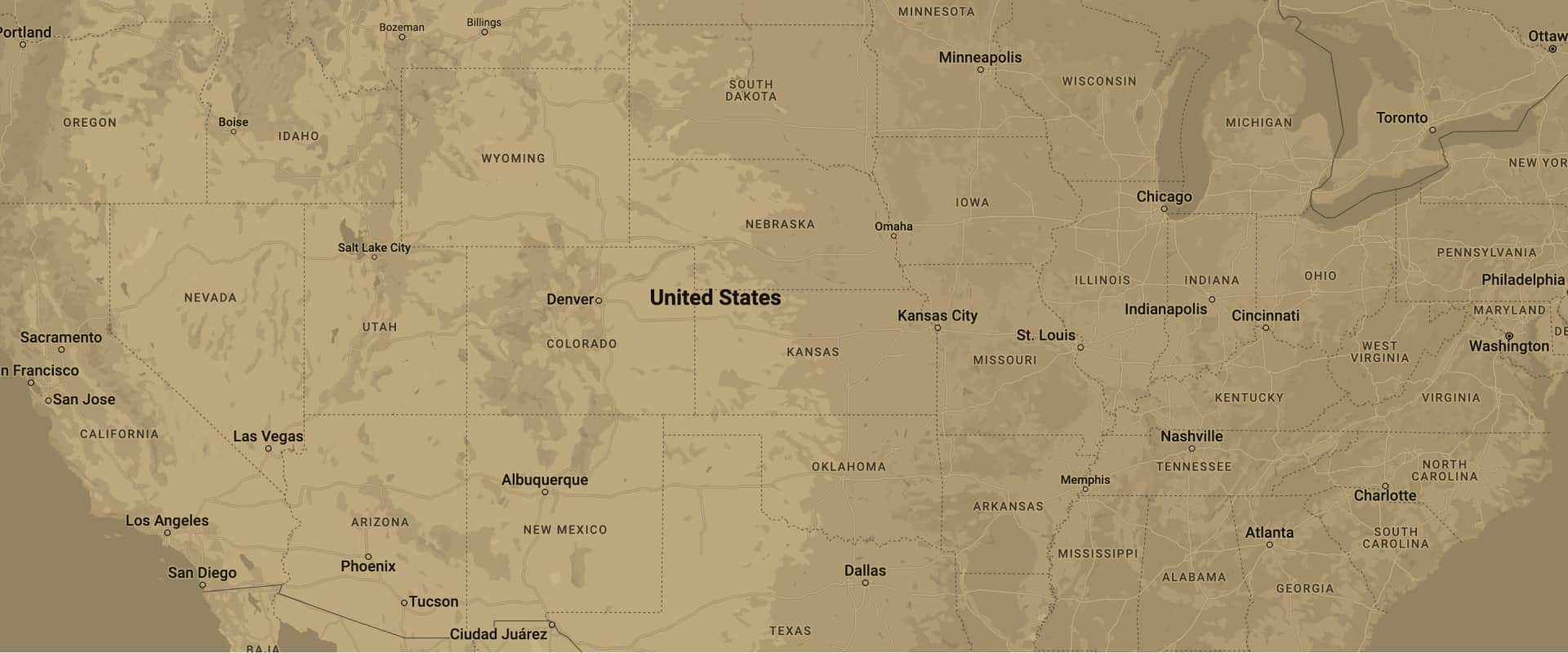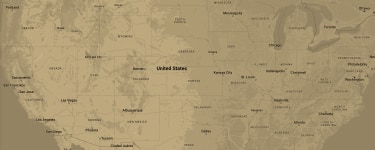
Whether it’s an overloaded extension cord or a kitchen flare-up, home fires are frightening. But quick-thinking homeowners can combat these surprise emergencies very effectively: a whopping 95 percent of fires can be successfully quenched if extinguishers are deployed quickly after ignition. But once the fire is out and the household calms, what’s the best way to clean up the messy aftermath?
That depends on the fire extinguisher type. Every household model is labeled A, B, or C, which tells you the types of fires the extinguisher fights. A is ordinary combustibles like wood, paper, and cloth; B is flammable liquids, such as gasoline or cooking oil; and C is live electricity. The label also discloses the “ingredients” inside the canister that fight the fire.
Because of their versatility, most models contain a dry chemical that smothers the fire’s fuel with an inert solid. That solid settles over the area after the extinguisher has been discharged. Read the label to determine what that powdery substance is, don gloves and a dust mask and tidy up based on these guidelines:
Sodium bicarbonate and potassium bicarbonate: Vacuum residue thoroughly, making several passes over affected areas to remove all visible residue. Apply hot water mixed with a little vinegar, which neutralizes the pH of the powder. Allow to sit for a few minutes and rinse with warm water.
Silicone types: Vacuum residue thoroughly, making several passes to remove all visible residue. Spray the area with rubbing alcohol to break down the silicone. Allow the solution to penetrate for several minutes then rinse with warm water.
Monoammonium phosphate: Do not vacuum residue left by monoammonium phosphate. This residue must be cleaned by hand without delay; if it remains in contact with sensitive electronics and other equipment it can cause further damage. Begin by wiping the residue away with a clean cloth. On surfaces that can be wet-washed, clean with a mixture of warm water and baking soda. Thoroughly dry and sanitize the area as needed.
What is your fire extinguisher discharges water or carbon dioxide? Both of these types are relatively straightforward cleanup tasks though few home models use these substances today. For water, mopping up is the best approach – after shutting off electricity to the area. Carbon dioxide leaves minimal mess that may not require any special attention.
Finally, replace that discharged fire extinguisher immediately because it’s only good for one use. And keep an eye out for new and exciting technology that may be available soon: using sound waves or low-mess agents that work by sucking heat away from the fire.
Cleaning up after a fire? Turn to Paul Davis for the latest technologies and experts that swiftly return your property to normal.











